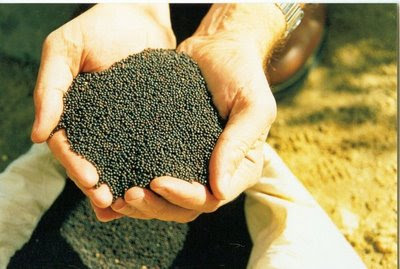
Sara asked about curry powder.
There is absolutely nothing wrong with curry powder. It has been safely used for many centuries, following time honoured and well proven practices.
But what if those practices are not followed?
First, let's look at what curry powder is. It is the ground mixture of spices, seeds of a variety of plants. Seeds that have been exposed to the environment. There is nothing abnormal in that but, because of their origin, the seeds that go into curry powder will bring with them a variety of organisms from the environment. Notably Salmonella.
Now, how is curry traditionally prepared? You heat oil in a pan and cook the powder in this oil. Ostensibly to 'bring out the flavour' but, by a happy coincidence, it also sterilises the powder. You then add meat, vegetables, whatever and continue with making your curry.
What happens if you deviate from this long proven, survival enhancing, cooking practice? What if you are a new age cook and make a curried pasta salad where you just mix the warm (!) pasta, mayonnaise, vegetables, cream and curry powder and stir? Nothing much if you eat it straight away. But bacteria will double roughly every 20min at room temperature; what if you make your salad early and leave it for a few hours before eating? Not a good idea - the salad is warm, moist and protein rich - happy times for the bacteria.
Because of the risk, spices are one of the few things that are permitted to be irradiated to sterilise them. But this does not teach people safe handling practices for a potentially dangerous food. People will just be ignorant of the dangers and at risk from spices that are not irradiated.
...







